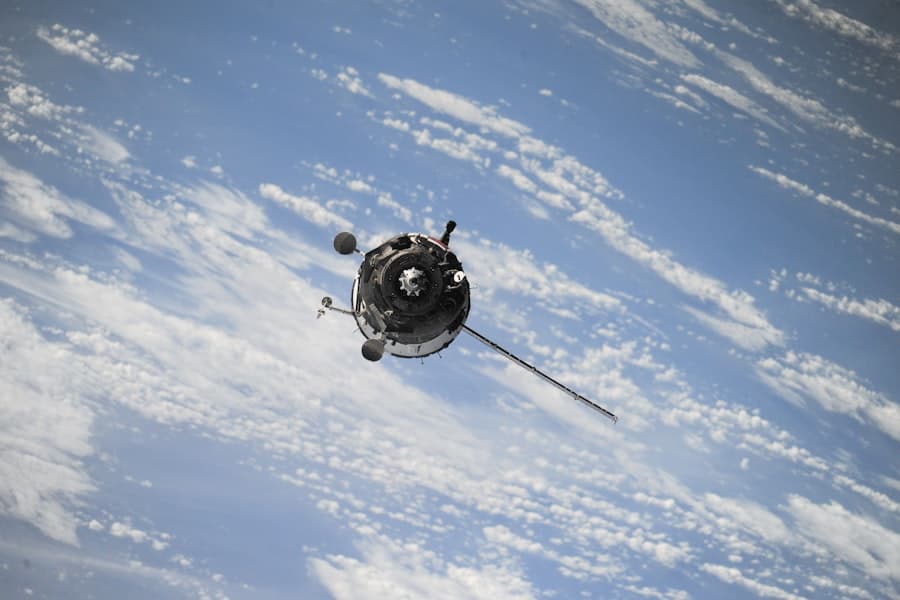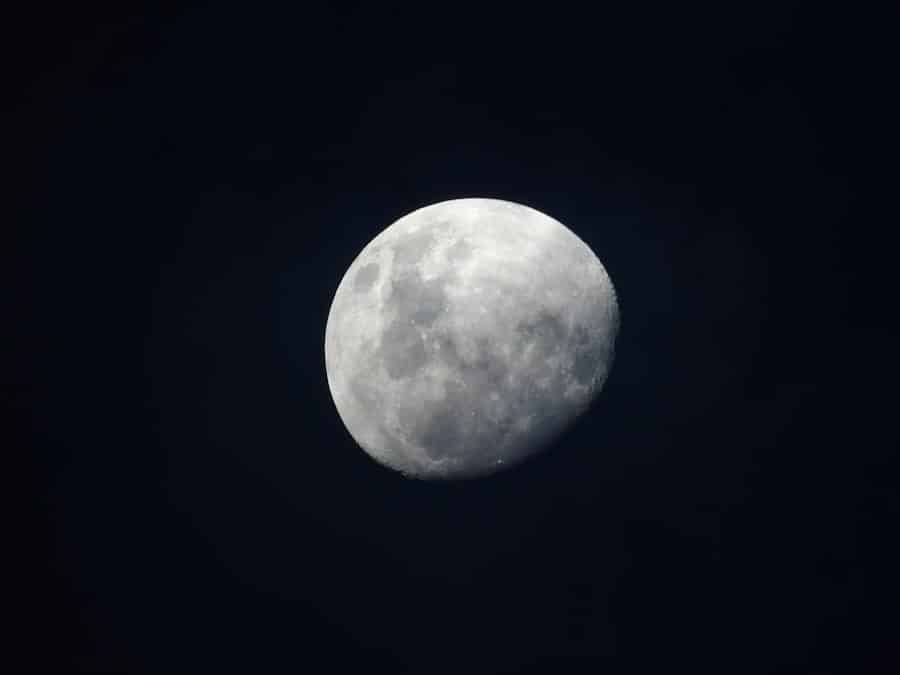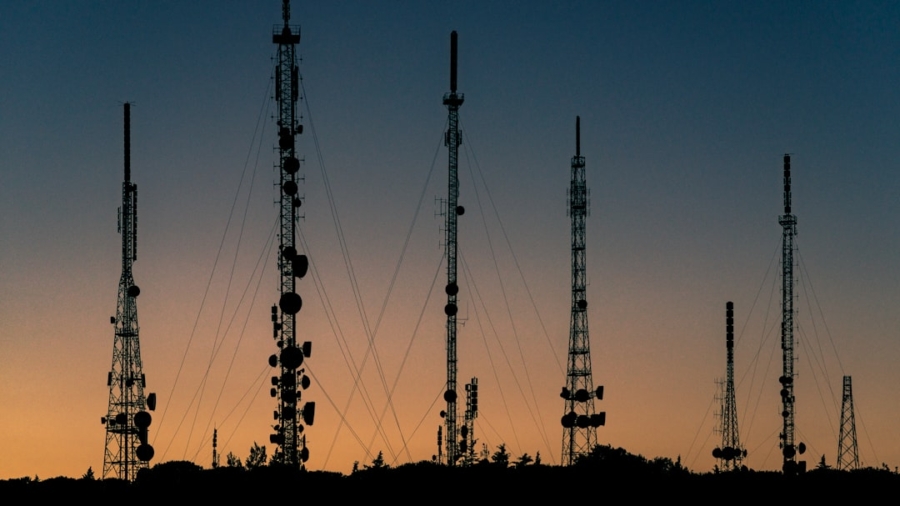Space weather forecasting is an emerging field that focuses on predicting the conditions in space that can affect technological systems on Earth and in orbit. This discipline encompasses a variety of phenomena, including solar flares, coronal mass ejections (CMEs), and geomagnetic storms, all of which originate from the Sun’s activity. The Sun, a massive ball of plasma, undergoes complex magnetic interactions that can lead to explosive events, releasing vast amounts of energy and charged particles into space.
These events can have profound effects on satellite operations, communication systems, and even power grids on Earth. The need for accurate space weather forecasting has grown significantly as society becomes increasingly reliant on technology. Satellites play a crucial role in global communications, navigation, and weather monitoring.
As these systems become more integrated into daily life, understanding and predicting space weather events is essential for mitigating risks. The ability to forecast space weather not only protects technological infrastructure but also enhances our understanding of the Sun-Earth relationship, which is vital for both scientific research and practical applications.
Key Takeaways
- Space weather forecasting is crucial for protecting satellites and other space assets from the effects of solar storms and other space weather events.
- Satellite protection is important for maintaining communication, navigation, and weather monitoring capabilities, as well as for national security and economic reasons.
- Space weather forecasting faces challenges such as the complexity of the Earth-Sun system, limited observational data, and the need for accurate and timely predictions.
- Artificial intelligence plays a key role in space weather forecasting by analyzing large amounts of data, improving prediction accuracy, and automating decision-making processes.
- Using AI for satellite protection offers advantages such as real-time threat assessment, rapid response to space weather events, and cost-effective risk management strategies.
The Importance of Satellite Protection
Vulnerability to Solar Flares
A strong solar flare can emit high-energy particles that can disrupt satellite electronics, leading to temporary or permanent failures.
Geomagnetic Storms and Satellite Systems
Additionally, CMEs can induce geomagnetic storms that affect the Earth’s magnetic field, potentially causing fluctuations that can damage satellite systems or alter their orbits. Protecting satellites from space weather is not merely a matter of safeguarding technology; it is also about ensuring the continuity of services that billions of people rely on daily.
Interconnectedness and Mitigation
Such events highlight the interconnectedness of space weather and terrestrial systems. By implementing robust protective measures and accurate forecasting techniques, we can minimize the impact of space weather on satellites and maintain the integrity of critical services.
The Challenges of Space Weather Forecasting

Despite advancements in technology and our understanding of solar phenomena, space weather forecasting remains fraught with challenges. One significant hurdle is the inherent unpredictability of solar activity. The Sun operates on an approximately 11-year solar cycle characterized by periods of increased and decreased activity.
However, predicting the exact timing and intensity of solar flares or CMEs is complex due to the chaotic nature of solar magnetic fields. This unpredictability complicates efforts to provide timely warnings for potential space weather events. Another challenge lies in the limitations of current observational technologies.
While satellites like the Solar Dynamics Observatory (SDO) and the Solar and Heliospheric Observatory (SOHO) provide valuable data about solar activity, there are still gaps in our observational capabilities. For instance, detecting CMEs as they leave the Sun requires real-time monitoring and advanced modeling techniques to predict their trajectory and potential impact on Earth. The lack of comprehensive data can lead to delays in forecasting and hinder our ability to respond effectively to impending space weather threats.
The Role of Artificial Intelligence in Space Weather Forecasting
Artificial intelligence (AI) has emerged as a transformative tool in various fields, including space weather forecasting. By leveraging machine learning algorithms and data analytics, AI can analyze vast amounts of data from multiple sources more efficiently than traditional methods. This capability allows researchers to identify patterns and correlations in solar activity that may not be immediately apparent through conventional analysis.
AI’s role in space weather forecasting extends beyond mere data analysis; it also enhances predictive modeling. Machine learning algorithms can be trained on historical data to improve the accuracy of forecasts by recognizing subtle indicators of solar events. For example, AI can analyze past solar flare occurrences alongside various solar parameters to develop models that predict future flares with greater precision.
This predictive capability is crucial for providing timely warnings to satellite operators and other stakeholders who need to prepare for potential disruptions.
Advantages of Using AI for Satellite Protection
The integration of AI into satellite protection strategies offers several advantages that enhance our ability to mitigate the impacts of space weather. One significant benefit is the speed at which AI can process data and generate forecasts. Traditional forecasting methods often rely on human analysis and interpretation, which can be time-consuming and prone to errors.
In contrast, AI algorithms can analyze real-time data streams from multiple satellites and ground-based observatories almost instantaneously, allowing for quicker decision-making. Moreover, AI can improve the accuracy of predictions by continuously learning from new data. As more information becomes available about solar activity and its effects on satellites, machine learning models can adapt and refine their predictions accordingly.
This adaptability is particularly valuable in a field where conditions are constantly changing. By utilizing AI-driven approaches, satellite operators can implement proactive measures to protect their assets, such as adjusting satellite orbits or temporarily shutting down sensitive systems during predicted space weather events.
Current AI Applications in Space Weather Forecasting

Several organizations and research institutions are already harnessing AI technologies for space weather forecasting. For instance, NASA’s Heliophysics Division has been exploring machine learning techniques to analyze data from solar observatories and improve predictions of solar flares and CMEs. By training algorithms on historical data sets, researchers have developed models capable of identifying precursors to solar events with increased accuracy.
Another notable application is the use of AI by the European Space Agency (ESA) in its Space Weather Coordination Centre (SWCC). The SWCC employs machine learning algorithms to analyze real-time data from various sources, including satellites and ground-based observatories, to provide timely alerts about potential space weather threats. These alerts are crucial for industries reliant on satellite technology, such as telecommunications and aviation, enabling them to take precautionary measures in advance.
Future Developments in AI for Satellite Protection
The future of AI in space weather forecasting holds immense potential for further advancements that could revolutionize satellite protection strategies. One area of focus is the development of more sophisticated machine learning models that can integrate diverse data sources, including ground-based observations, satellite telemetry, and even social media reports about space weather impacts. By creating a more holistic view of space weather conditions, these models could enhance predictive capabilities significantly.
Additionally, researchers are exploring the use of deep learning techniques to improve the granularity of forecasts. Deep learning models can analyze complex datasets with multiple variables, allowing for more nuanced predictions about how specific solar events will impact different types of satellites or systems on Earth. This level of detail could enable operators to tailor their protective measures based on the unique vulnerabilities of their assets.
The Impact of AI on Space Weather Forecasting
The integration of artificial intelligence into space weather forecasting represents a significant leap forward in our ability to understand and respond to solar phenomena that threaten satellite operations.
This progress will not only enhance satellite protection but also contribute to a broader understanding of the Sun’s behavior and its effects on our technological infrastructure.
The implications of these advancements extend beyond mere technological improvements; they also underscore the importance of interdisciplinary collaboration between scientists, engineers, and data analysts. By working together, we can harness the full potential of AI to create robust systems that safeguard our satellites against the unpredictable forces of space weather while ensuring that society remains connected and resilient in the face of these challenges.
In a related article, Exploring the Features of the Samsung Galaxy Book Odyssey, the advancements in technology are highlighted, showcasing how devices like the Samsung Galaxy Book Odyssey are equipped with powerful features to enhance user experience. Just as AI is revolutionizing space weather forecasting for satellite protection, cutting-edge technology in devices like the Samsung Galaxy Book Odyssey is pushing the boundaries of what is possible in the digital world.
FAQs
What is space weather forecasting?
Space weather forecasting involves predicting and monitoring the conditions in space, such as solar wind, magnetic fields, and radiation, that can impact technology and infrastructure on Earth and in space.
How does AI contribute to space weather forecasting?
AI can analyze large volumes of data from satellites and ground-based instruments to identify patterns and predict space weather events more accurately and quickly than traditional methods.
Why is space weather forecasting important for satellite protection?
Space weather events, such as solar flares and geomagnetic storms, can damage satellite electronics and disrupt communication and navigation systems, making accurate forecasting crucial for protecting satellites and their operations.
What are the benefits of using AI for space weather forecasting?
AI can improve the accuracy and lead time of space weather forecasts, allowing satellite operators to take proactive measures to protect their assets and minimize the impact of space weather events.
How is AI integrated into space weather forecasting systems?
AI algorithms are integrated into space weather forecasting systems to analyze data, detect patterns, and make predictions about space weather events, providing valuable insights for satellite protection.

